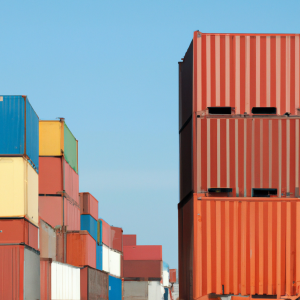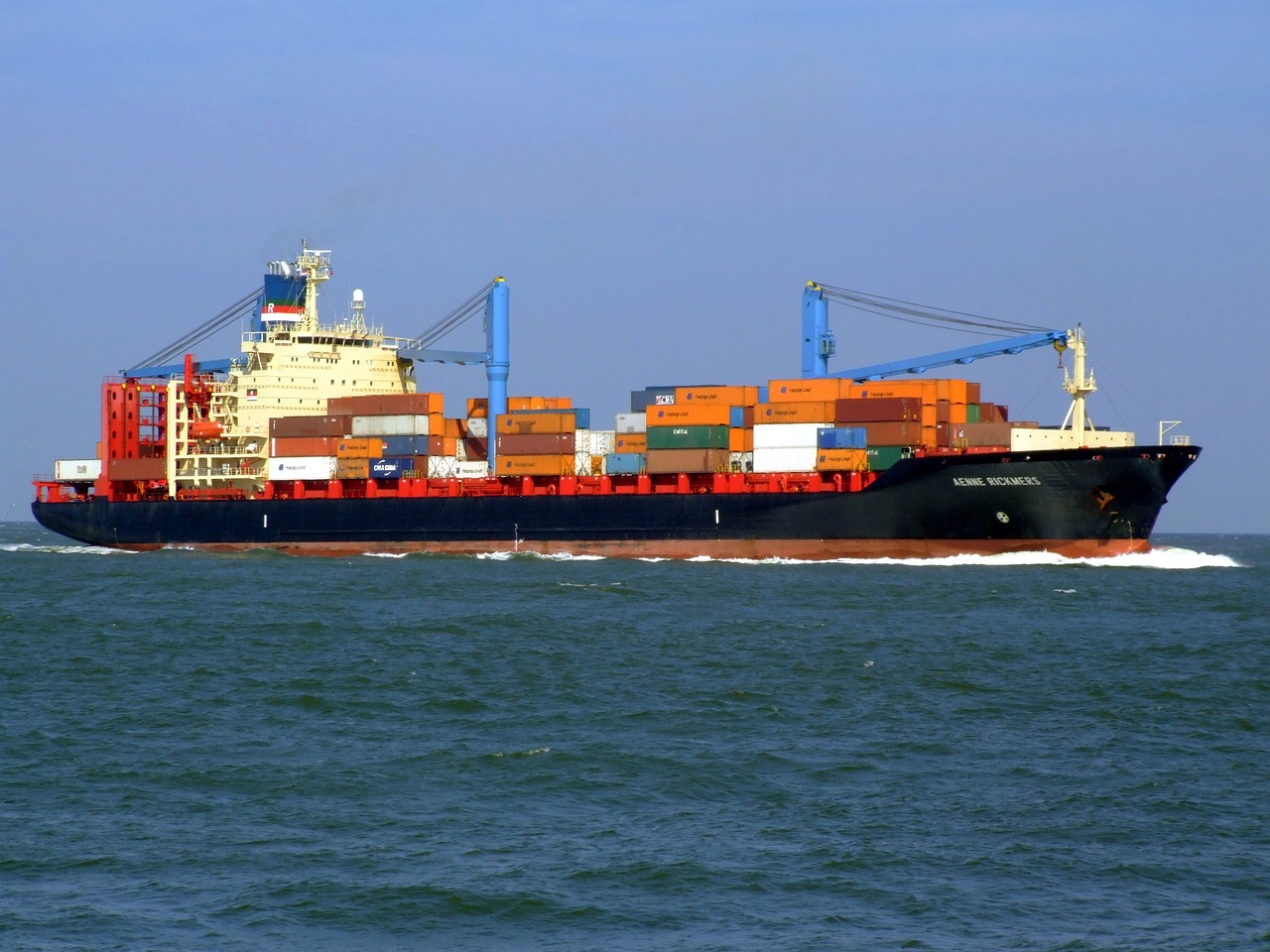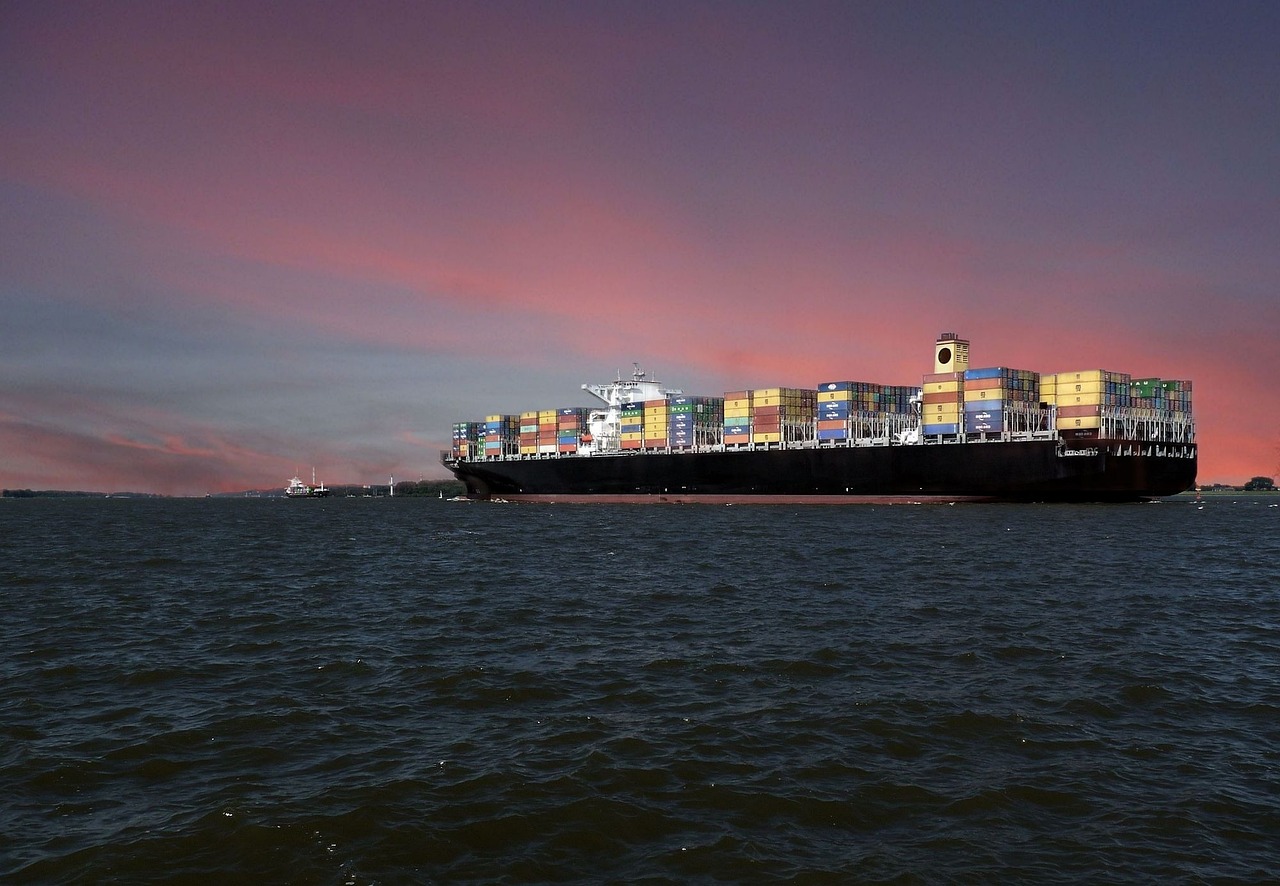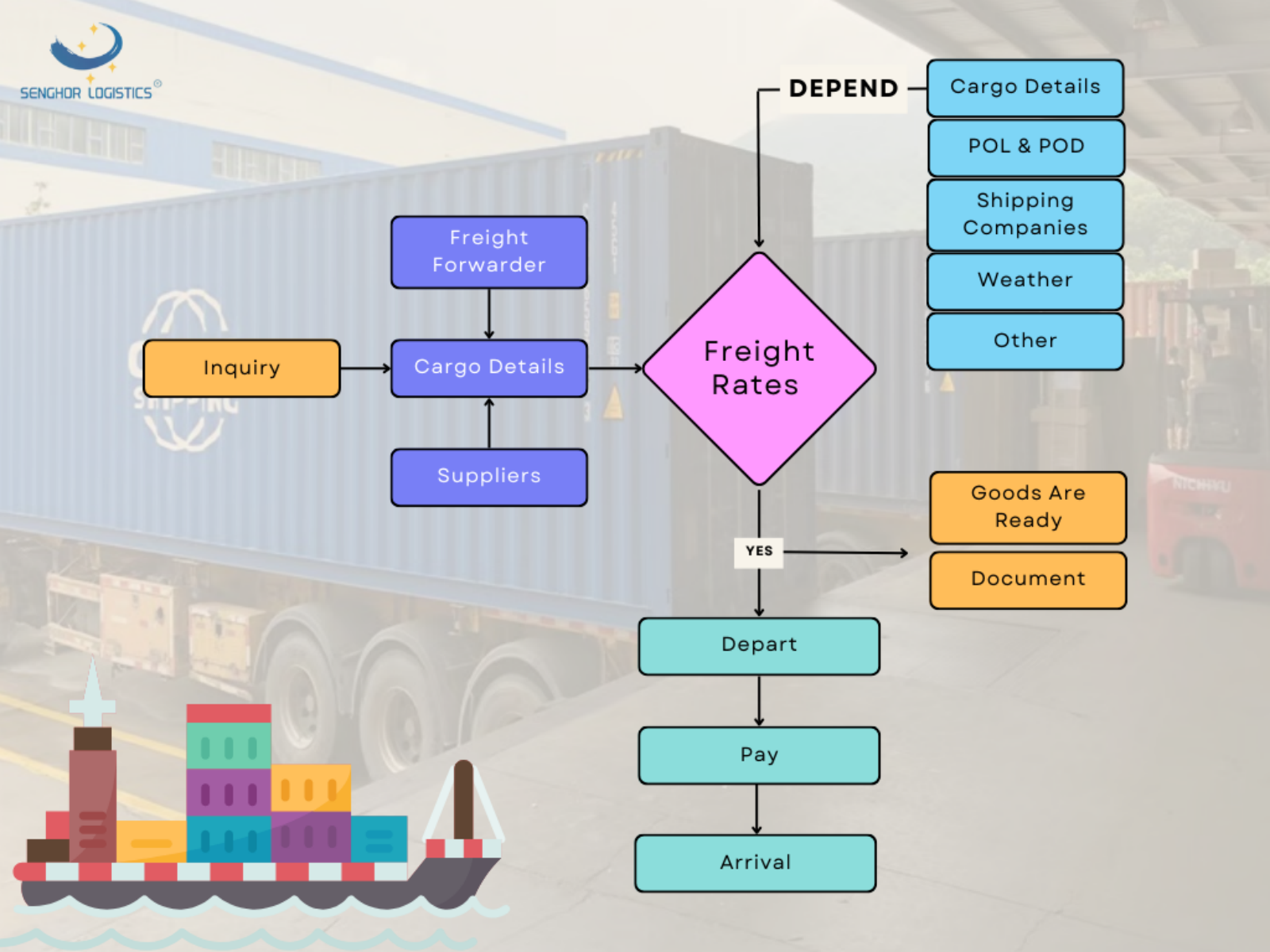Global trade remained subdued in the second quarter, offset by continued weakness in North America and Europe, as China's post-pandemic rebound was slower than expected, foreign media reported.
On a seasonally adjusted basis, trade volumes for February-April 2023 were no higher than trade volumes for September-November 2021 17 months earlier.

According to data from the Netherlands Bureau for Economic Policy Analysis ("World Trade Monitor", CPB, June 23), transaction volumes fell in three of the first four months of 2023 compared to the same period last year.
Growth from China and other emerging markets in Asia was (to a lesser extent) offset by small contractions from the US and large contractions from Japan, the EU and especially the UK.
From February to April, Britain's exports and imports shrank the fastest, more than twice that of other major economies.
As China emerges from the lockdown and the exit wave of the pandemic, cargo volumes in China have rebounded, although not as quickly as expected at the beginning of the year.

According to the Ministry of Transport, container throughput at China's coastal ports increased by 4% in the first four months of 2023 compared to the same period in 2022.
Container throughput at the Port of Singapore, one of the main transshipment hubs between China, the rest of East Asia and Europe, also grew by 3% in the first five months of 2023.
But elsewhere, shipping rates remained lower than a year ago as consumer spending shifted from goods to services in the wake of the pandemic and as higher interest rates hit household and business spending on durable goods.
Through the first five months of 2023, throughput at seven of the nine major US container ports (Los Angeles, Long Beach, Oakland, Houston, Charleston, Savannah and Virginia, excluding Seattle and New York) declined by 16%.

According to the Association of American Railroads, the number of containers transported by major U.S. railroads fell 10% in the first four months of 2023, many of them en route to and from ports.
Truck tonnage also fell less than 1% compared with a year earlier, according to the American Trucking Association.
At Narita airport in Japan, international air cargo volumes in the first five months of 2023 are down 25% year-on-year.
In the first five months of 2023, cargo volumes at London Heathrow Airport fell by 8%, which is the lowest level since the pandemic in 2020 and before the financial crisis and recession in 2009.
Some shipments may have moved from air to sea as supply chain bottlenecks ease and shippers focus on cost containment, but the downturn in commodity movement is evident across advanced economies.
The most optimistic explanation is that freight volumes have stabilized after a sharp decline in the second half of 2022, but there are no signs of recovery outside China yet.

The economic situation after the pandemic is obviously difficult to grow, and we, as freight forwarders, feel especially deeply. But we are still full of confidence in import and export trade, let time tell.
After experiencing the pandemic, some industries have gradually ushered in recovery, and some customers have re-established contact with us. Senghor Logistics is happy to see such changes. We have not stopped, but actively explored better resources. Regardless of whether it is traditional commodities or new energy industries, we take customer needs as the starting point and standpoint, optimize freight services, improve service quality and efficiency, and fully match in every link.
Post time: Jun-29-2023











